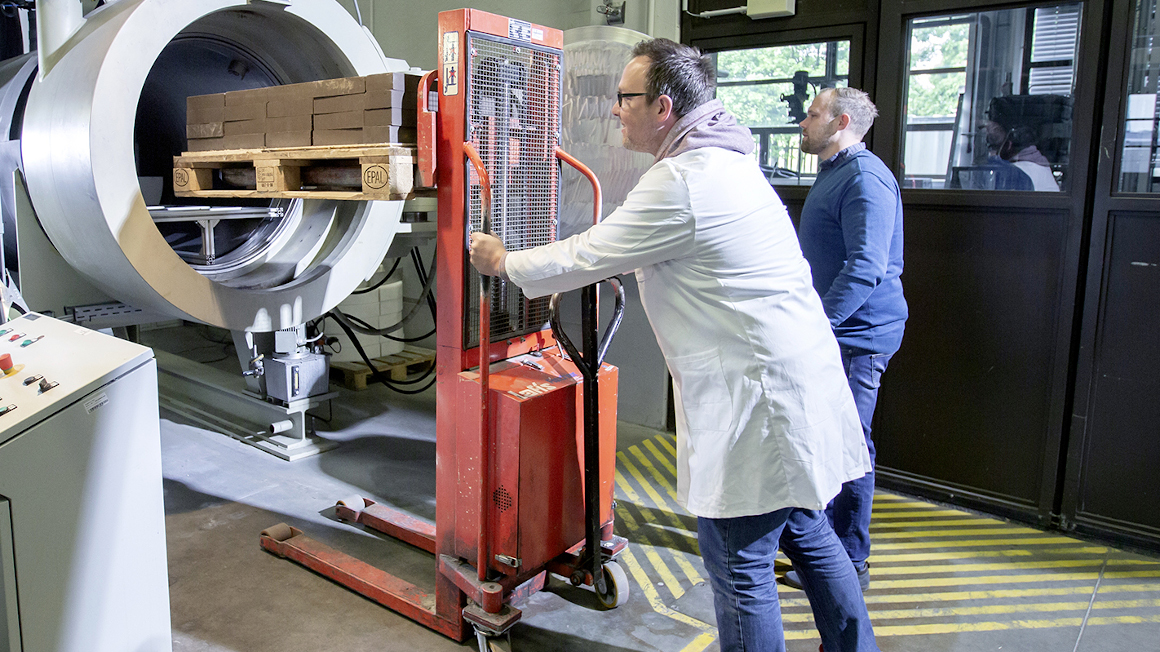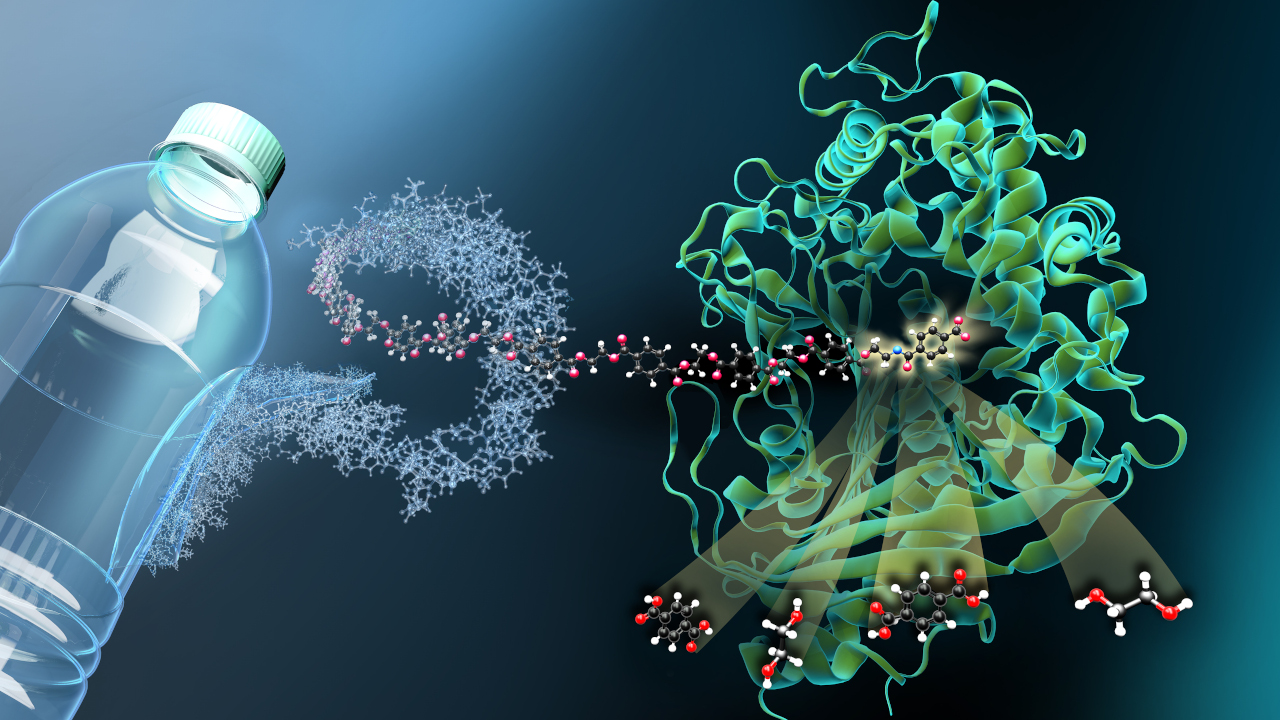Using biogenic residues to create climate-positive building materials
Fraunhofer researchers want to use biogenic carbon from biomass as a carbon sink for the production of sustainable concrete and bricks.

Just under 40% of global CO2 emissions are attributable to the construction industry. In Germany, 12% of greenhouse gas emissions are attributed to the sector. Large quantities of the climate-damaging greenhouse gas carbon dioxide (CO2) are produced, particularly during the manufacture of cement, an important binding agent for concrete. The development of sustainable building materials that bind CO2 and thus reduce emissions is also a key research topic at the Fraunhofer Institute for Environmental, Safety and Energy Technology UMSICHT. In the ZEROES project, the Fraunhofer researchers are now working with two industrial partners to develop so-called climate-positive building materials that are sustainable and affordable.
Using residual materials as a carbon sink
The project, which was launched in May, aims to reduce CO2 emissions in the production of mineral building materials such as concrete. The team is focusing on the use of carbonates as binders or fillers in concrete and sand-lime bricks. Carbonates are carbon-rich materials that can be produced through the thermochemical conversion of biomass and biogenic waste and residual materials. The carbon bound in the organic residues is thus bound and stored in the building materials and not released into the environment as is usual in cement production. In this way, the emissions from energy-intensive production can be offset, the researchers write.
Binding CO2 in the building material
In addition to the use of carbonates, the project team will also investigate the extent to which CO2 can be incorporated into sand-lime bricks during production. The aim is to offset CO2 emissions generated during calcination in the sand-lime brick industry. In addition, all mineral materials required for the production of building materials are to be obtained from recycled construction waste.
"With the holistic and industry-related approach, we are bundling our expertise in the areas of building material production, carbonates, residual material use and material CO2 use - especially mineralization - in the ZEROES project, which can enormously strengthen North Rhine-Westphalia (NRW) as an industrial location in the field of environmental economics," explains project manager Michael Prokein from Fraunhofer UMSICHT.
The ZEROES project is being funded by the European Union and the state of NRW from 2024 to 2027.
bb


